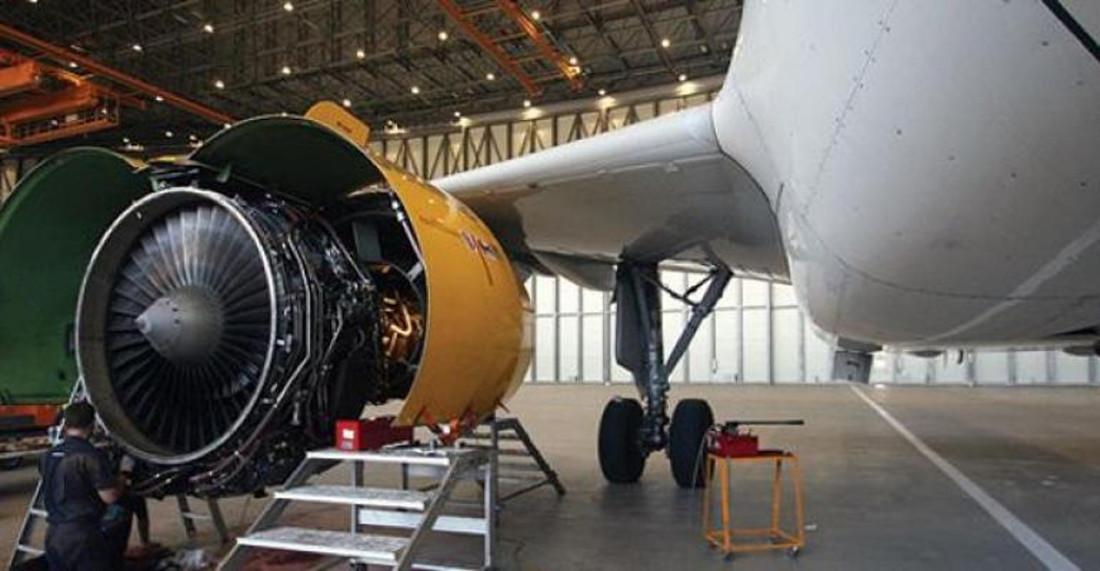
As airlines park aircraft and defer maintenance, almost all sections of the aftermarket are set to take a hit.
However, once passenger demand does start returning, some sections will start recovering quicker than others.
Costly engine overhauls, for example, are likely to be delayed as long as possible. In their place, airlines will make greater use of on-wing services, mobile repairs and spare engines, which would be good news for engine lessors such as FTAI Aviation, Engine Lease Finance and Willis Lease Finance, but less so for some MRO providers.
“Green time engines will shift engine MRO requests further out in the future,” says Dietmar Focke, head of engine services at Lufthansa Technik. The extent to which this occurs depends on duration of the current crisis and the pace of recovery.
“The longer the crisis will continue and the slower the airline operations will return to a significant level, the bigger the impacts will be in 2020 and also 2021 and maybe even further,” says Focke.
Uncertainty about the above makes predictions prone to rapid obsolescence,” IATA’s estimate for lost 2020 passenger revenue was $29 billion in late February but had risen to $314 billion--55% lower than 2019 revenue--by mid-April.
Even so, engine lessors may harbor cautious optimism for two reasons: first, their services will be in demand once aircraft start flying again; and second, leasing demand may get a further boost once pent-up demand for overhauls is released.
Another factor working in their favor is that prior to the crisis, due to exceptional reliability of the most popular narrowbody turbofans, many airlines had already stretched their ratios of active to spare engines, giving them less capacity now to bridge any maintenance gap.





